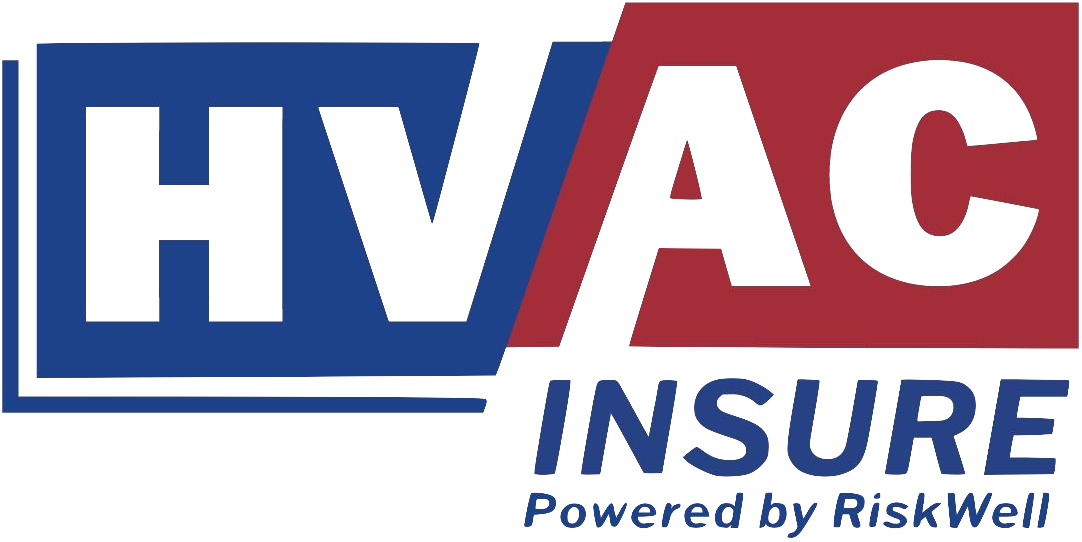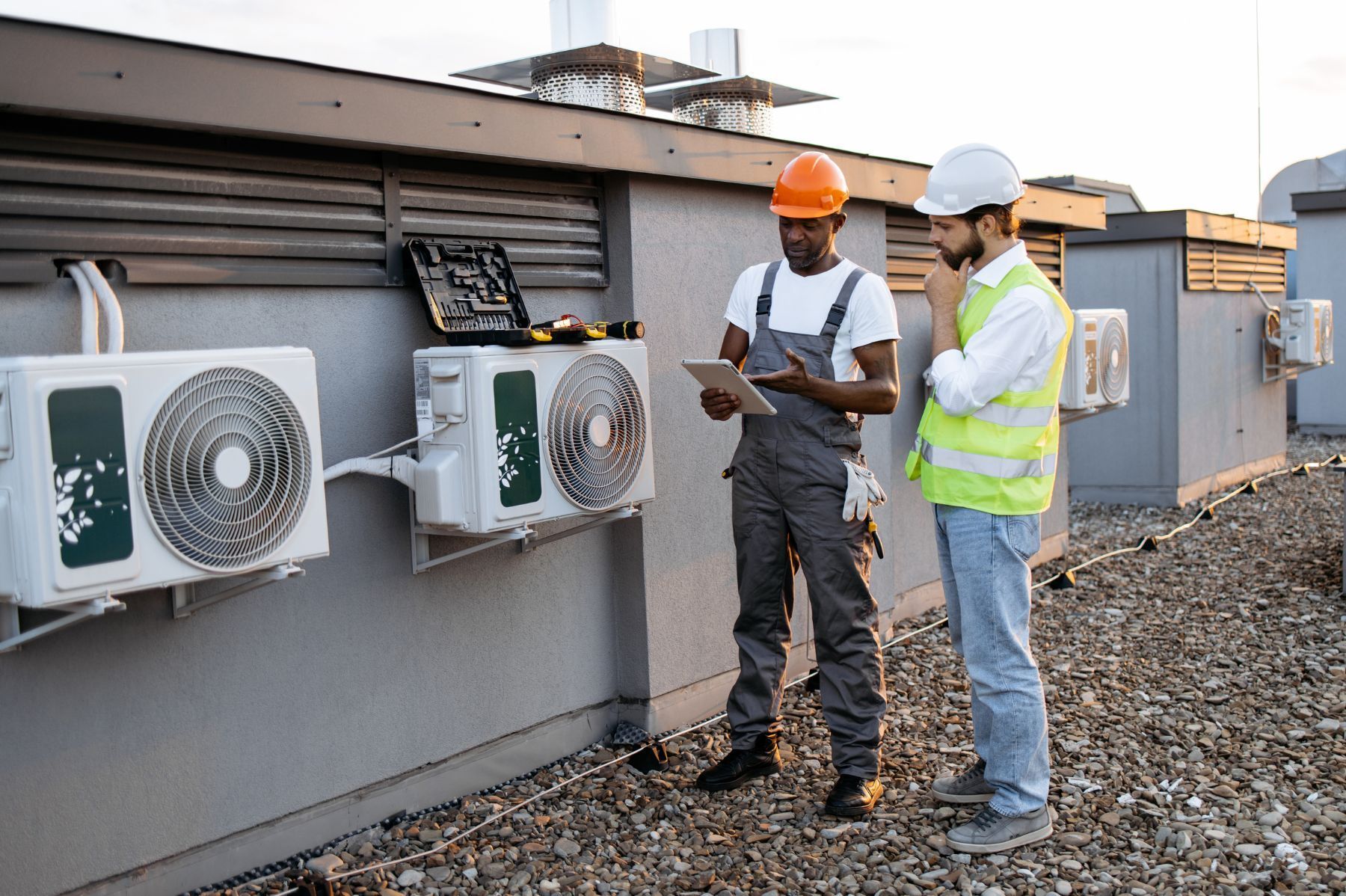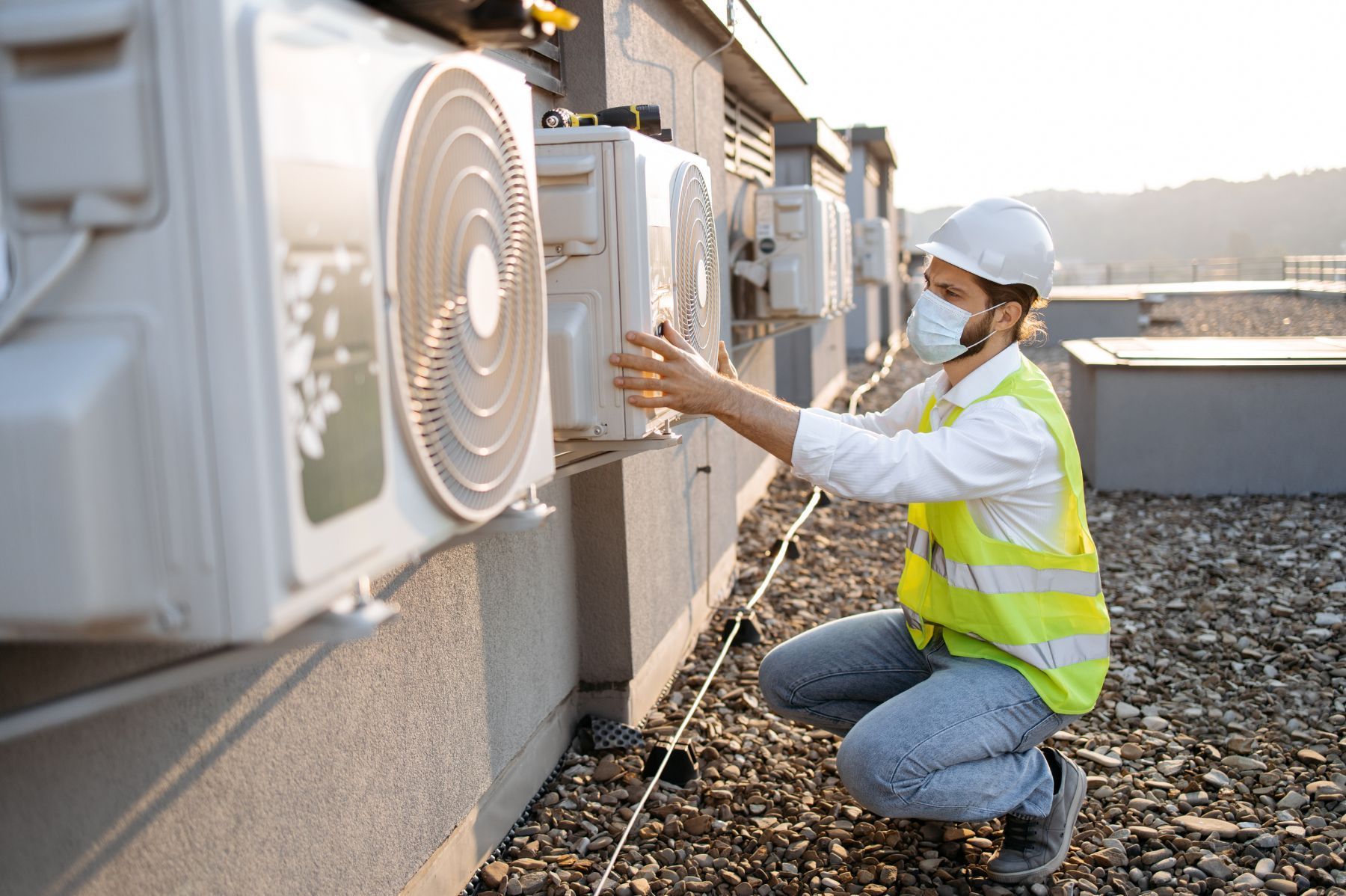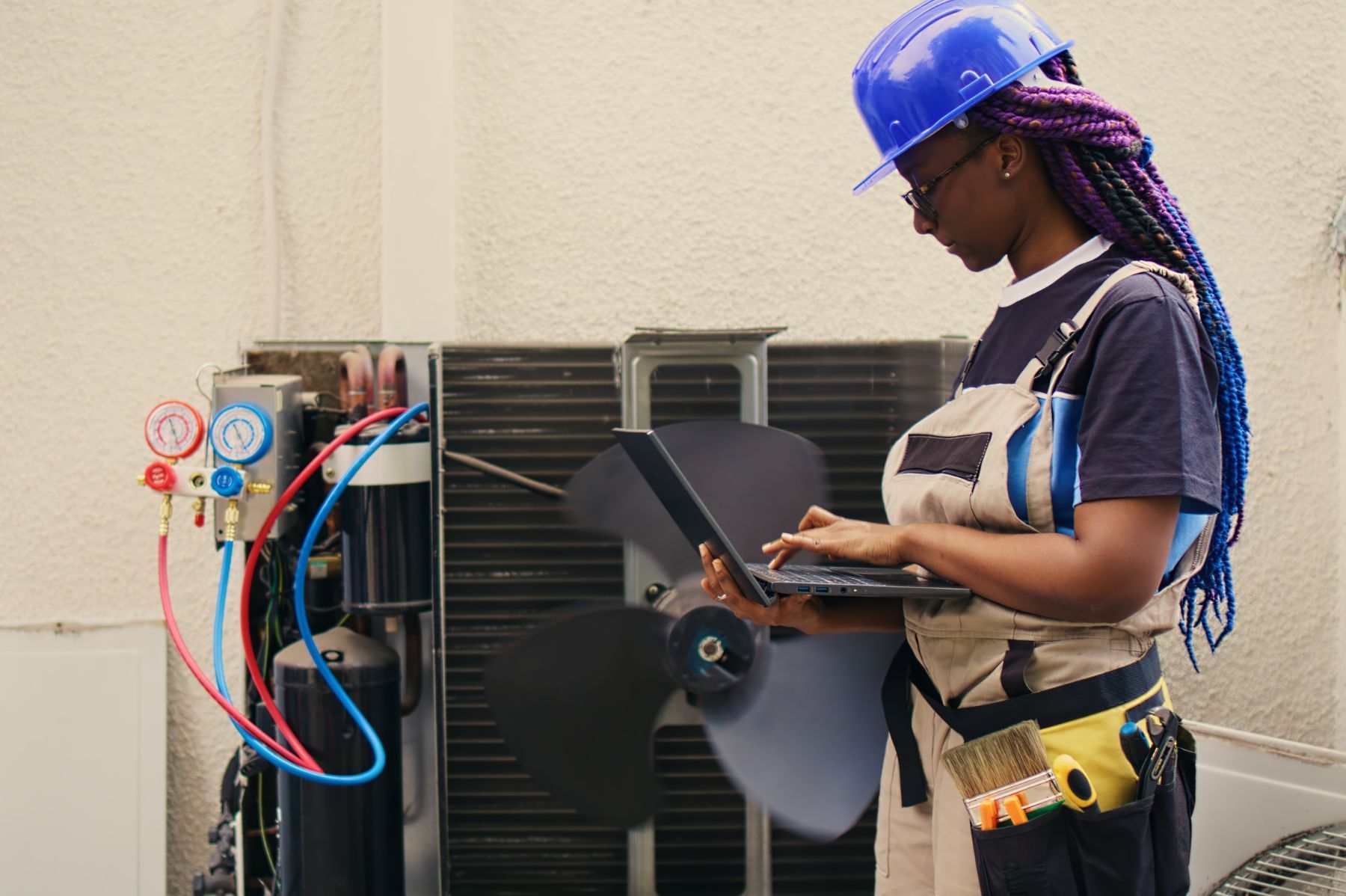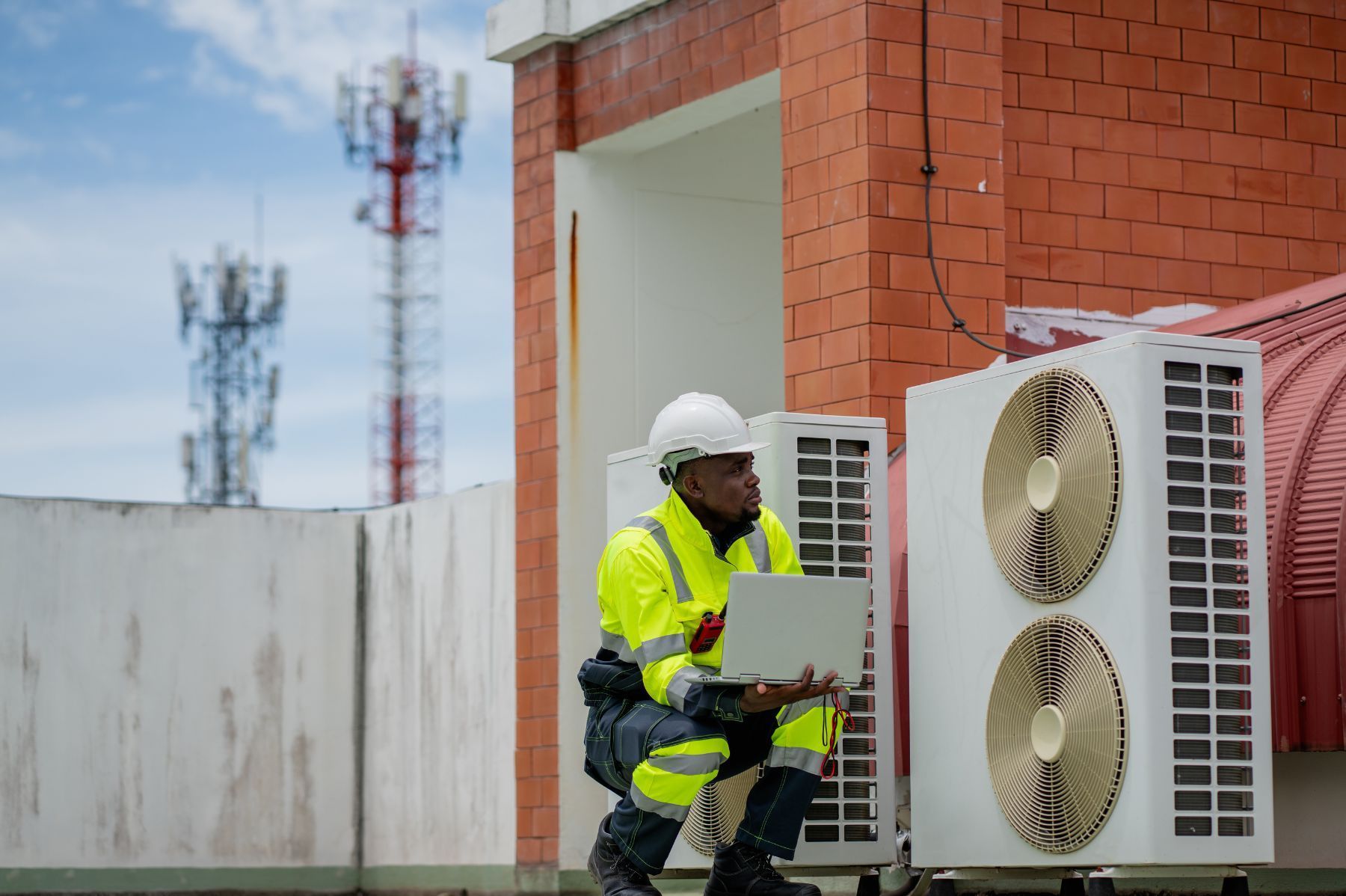What to Expect During an HVAC Insurance Audit
See How We're Different
or call us: (469) 678-8001

When an insurance audit for your HVAC business rolls around, it can feel like a daunting process. These audits dig deep into your operations, equipment, and claims history to ensure your coverage matches your actual risk. Understanding what happens during an HVAC insurance audit helps you prepare, avoid surprises, and ultimately secure fair settlements.
Nearly 40% of HVAC and refrigeration equipment losses in 2024 were linked to causes not typically covered by insurance policies. This highlights why thorough audits matter-not just for insurers, but for contractors who want to avoid costly gaps in coverage. HVACi’s 2024 Annual Claims Report sheds light on this trend and the importance of transparent assessment during audits.
Understanding the Purpose of an HVAC Insurance Audit
An insurance audit is not just about verifying numbers on paper. It’s a detailed review that helps insurance carriers assess the true risk associated with your HVAC business. Auditors examine payroll, job classifications, equipment inventories, and claims history to confirm your premium reflects your actual exposure.
For HVAC contractors, the audit often focuses on the types of equipment installed, the complexity of jobs, and how losses have developed over time. Since HVAC systems are expected to consume about 40% of commercial building energy globally in 2025, insurers are increasingly attentive to equipment efficiency and maintenance records. This ensures that risks related to outdated or improperly installed systems are properly accounted for. Scottmax.com’s HVAC industry trends provide useful context on how evolving standards impact insurance considerations.
Why Accurate Reporting Matters
Insurance audits rely heavily on accurate data from your business. Misclassifying workers or underreporting payroll can lead to underinsurance, which might cause claim denials or premium adjustments later. Auditors also look for consistency between your reported operations and actual job sites or contracts.
Damon Stafford, CEO of Alpine Intel, stresses that clear and thorough assessment analyses empower insurers to make informed decisions. This transparency benefits contractors by ensuring settlements are fair and based on objective evidence rather than guesswork. His insights highlight the value of cooperation during audits.
Moreover, the audit process can also serve as an opportunity for HVAC contractors to reevaluate their operational practices. By closely examining their own records and data, contractors can identify areas for improvement, such as optimizing workforce allocation or enhancing safety protocols. This proactive approach not only helps in achieving better insurance terms but also contributes to overall business efficiency and risk management. As the industry evolves, staying ahead of compliance requirements and best practices becomes increasingly essential for long-term success.
Additionally, the growing emphasis on sustainability and energy efficiency in the HVAC sector is reshaping how insurance audits are conducted. Insurers are now more likely to favor businesses that demonstrate a commitment to environmentally friendly practices, such as using energy-efficient equipment or implementing green technologies. This shift not only influences premium calculations but also encourages HVAC contractors to innovate and adapt to changing market demands, ultimately benefiting both their bottom line and the environment.
Key Components Auditors Examine in HVAC Insurance Audits
Auditors focus on several critical areas to evaluate your risk profile accurately. Knowing what they look for can help you prepare documentation and streamline the process.
Payroll and Job Classifications
Payroll is a major factor in determining your insurance premium. Auditors verify that payroll amounts are reported correctly and that employees are classified according to their actual job duties. For example, technicians who handle installation versus those who perform routine maintenance may carry different risk levels.
Misclassification can lead to premium underpayment and potential penalties. Providing detailed payroll records and clarifying job roles upfront reduces confusion. Moreover, it’s essential to regularly review job classifications as your workforce evolves. Changes in employee roles, the introduction of new technologies, or shifts in service offerings can all necessitate updates to your payroll classifications. Keeping an open line of communication with your payroll department can help ensure that these changes are documented accurately, thus minimizing the risk of discrepancies during the audit process.
Equipment Inventory and Condition
Since HVAC equipment represents a significant asset and risk factor, auditors review your inventory carefully. This includes the age, type, and condition of installed systems. The U.S. Department of Energy’s new minimum Seasonal Energy Efficiency Ratio (SEER) ratings, effective January 2025, have raised the bar for equipment efficiency and installation standards.
Auditors may check if your equipment meets these updated standards, as newer, more efficient systems typically carry lower risk. Understanding these regulations helps contractors avoid unexpected coverage gaps. More details on these changes are available at Scottmax.com. Additionally, maintaining a comprehensive log of your equipment's maintenance history can further bolster your position during audits. Documenting routine inspections, repairs, and upgrades not only demonstrates compliance with industry standards but also highlights your proactive approach to equipment management, which can be a significant factor in risk assessment.
Claims History and Loss Patterns
Insurance companies analyze your past claims to identify patterns and potential risk areas. A recent study examining over 3,300 loss triangles in workers’ compensation lines found significant variations in loss development across companies. This means your claims history can heavily influence your audit outcome and future premiums.
Keeping detailed records of claims and repairs, along with evidence of preventive maintenance, can demonstrate your commitment to risk management. Sandra Kipust, an actuary at NCCI, notes that while overall claim frequency has declined over decades, trends vary widely by industry and company. Her perspective underscores the importance of industry-specific data in audits. Furthermore, it’s beneficial to engage in regular training for your employees on safety protocols and best practices. This not only reduces the likelihood of accidents but also serves as a testament to your organization’s commitment to maintaining a safe working environment, which can positively influence how auditors perceive your risk profile during their evaluation.
How Technology Is Changing HVAC Insurance Audits
Advancements in technology are reshaping how insurance audits are conducted in the HVAC sector. Automated tools and artificial intelligence now play a bigger role in improving accuracy and efficiency.
AI-Driven Fault Detection and Assessment
AI algorithms have boosted fault detection accuracy in HVAC systems by 40%. This means auditors and insurers can rely on more precise diagnostics during equipment evaluations. These tools help identify hidden issues that may not be obvious during a physical inspection, reducing the risk of overlooked hazards.
Better fault detection leads to more objective assessments and fairer insurance settlements. For contractors, embracing these technologies can improve transparency and trust with insurers. More on AI’s impact in HVAC audits can be found at Wifitalents.com.
Smart HVAC Controls and Energy Efficiency
The market for smart HVAC controls is booming, expected to more than double from $8.3 billion in 2021 to $17.1 billion by 2026. These systems optimize energy use and improve system monitoring, which can reduce operational risks and insurance claims related to equipment failure.
Insurance audits increasingly consider whether contractors install and maintain smart controls. These devices provide real-time data that can demonstrate proactive risk management. The growth of this market is detailed in the HVACInsure 2025 report.
Data Analytics and Predictive Maintenance
In addition to AI and smart controls, data analytics is revolutionizing HVAC insurance audits by enabling predictive maintenance strategies. By analyzing historical performance data and current operational metrics, HVAC systems can be monitored for patterns that indicate potential failures. This proactive approach not only enhances system reliability but also significantly lowers the likelihood of costly insurance claims.
Contractors who leverage data analytics can provide insurers with comprehensive reports that showcase their commitment to maintaining optimal system performance. This transparency can lead to reduced premiums and more favorable terms for insurance coverage, as insurers recognize the lower risk associated with well-maintained systems. As the HVAC industry continues to evolve, the integration of data analytics into insurance audits will likely become a standard practice, further enhancing the relationship between contractors and insurers.
Preparing for Your HVAC Insurance Audit
Preparation is key to a smooth and successful audit. Here are practical steps to take before the auditor arrives.
Organize Your Records
Gather payroll reports, job classifications, equipment inventories, maintenance logs, and claims documentation. Having these ready shows professionalism and speeds up the process. Additionally, consider creating a checklist to ensure that no critical documents are overlooked. This can include past audit reports, correspondence with insurance providers, and any amendments made to your policy. The more organized you are, the easier it will be for the auditor to navigate through your records, which can lead to a quicker and more efficient audit process.
Review Your Coverage and Policies
Understand your current insurance policy, including what is covered and what is excluded. Remember, nearly 39% of HVAC equipment losses in 2024 were due to causes not typically covered by insurance. Knowing these gaps helps you address potential issues proactively. It may also be beneficial to consult with your insurance agent to clarify any ambiguities in your policy. They can provide insights into industry trends and help you determine whether you need to adjust your coverage based on the evolving risks in the HVAC sector, such as new technologies or regulatory changes that could impact your operations.
Communicate Clearly
Be transparent with auditors. Provide honest answers and clarify any unusual situations. Cooperation builds trust and reduces the chance of disputes later. Establishing a point of contact within your organization for the audit can also facilitate smoother communication. This person should be well-versed in your operations and able to provide detailed explanations if needed. Furthermore, consider scheduling a pre-audit meeting with the auditor to discuss expectations and address any preliminary questions they may have. This proactive approach not only demonstrates your commitment to transparency but also helps set a collaborative tone for the audit process.
Common Questions About HVAC Insurance Audits
Q: How often do HVAC insurance audits occur?
A: Most insurers conduct audits annually, but frequency can vary based on your claims history and policy terms. Some businesses with a clean record may find that their audits are less frequent, while those with a history of claims may be subject to more regular reviews. This variability is designed to ensure that premiums accurately reflect the risk associated with each business's operations.
Q: What happens if the audit finds discrepancies?
A: Your premium may be adjusted to reflect accurate risk. In some cases, coverage could be modified or claims denied if misreporting is significant. It's important to understand that discrepancies can arise from simple clerical errors or misunderstandings of policy requirements, so maintaining clear and accurate records is crucial. If you disagree with the findings, most insurers will allow you to appeal the audit results, providing an opportunity to clarify any misunderstandings.
Q: Can I prepare in advance for the audit?
A: Yes. Organizing records, reviewing policies, and understanding your equipment and payroll details are essential steps. Additionally, conducting a self-audit prior to the official one can be beneficial. This involves cross-checking your reported data against actual operations, ensuring that all equipment is accounted for, and that employee classifications align with your insurance policy. Being proactive can help mitigate surprises during the official audit and foster a smoother process.
Q: Are smart HVAC systems considered during audits?
A: Yes. Smart controls and energy-efficient equipment can positively influence risk assessments and premiums. These systems often come with advanced monitoring capabilities that can provide real-time data on system performance and maintenance needs. Insurers may view these technologies as indicators of responsible management, potentially leading to lower premiums due to reduced risk of system failure or inefficiencies.
Q: Will AI technology affect my audit?
A: Increasingly, yes. AI helps detect faults and assess equipment condition more accurately, leading to fairer evaluations. The integration of AI in audits can streamline the process, allowing for quicker data analysis and more precise risk assessments. This technology can also identify trends and anomalies in your HVAC operations, which can inform both your maintenance strategies and your insurance coverage needs. As AI continues to evolve, it may play an even larger role in shaping the future of insurance audits, making them more efficient and tailored to individual business needs.
What to Remember About HVAC Insurance Audits
Insurance audits may seem intimidating, but they are an opportunity to ensure your coverage fits your actual business risks. Accurate reporting, transparent communication, and embracing technology can make the process smoother and more beneficial.
With HVAC systems accounting for a large share of energy use and equipment losses, staying ahead of industry trends and regulatory changes is crucial. Preparing for audits with these factors in mind will help contractors protect their businesses and maintain fair insurance relationships.
Keeping up with insights from industry leaders and reports, such as those from HVACi and NCCI, can provide valuable guidance for navigating audits successfully.
Moreover, understanding the nuances of your specific HVAC operations can significantly impact the audit process. For instance, documenting all maintenance schedules, service records, and employee training can illustrate your commitment to safety and efficiency. This not only helps in presenting a strong case during audits but also reinforces your operational standards, potentially leading to lower premiums over time. Additionally, investing in software solutions that track and analyze your business data can streamline the audit preparation process, making it easier to provide accurate information to your insurance provider.
Furthermore, it’s essential to engage with your insurance agent proactively. Regular discussions about your business operations and any changes in the industry can help tailor your policy to better suit your needs. This ongoing relationship can also facilitate a more favorable audit experience, as your agent will be more familiar with your business's unique risks and insurance requirements. By fostering this connection, you can ensure that you are not only compliant but also strategically positioned to adapt to future challenges in the HVAC landscape.
